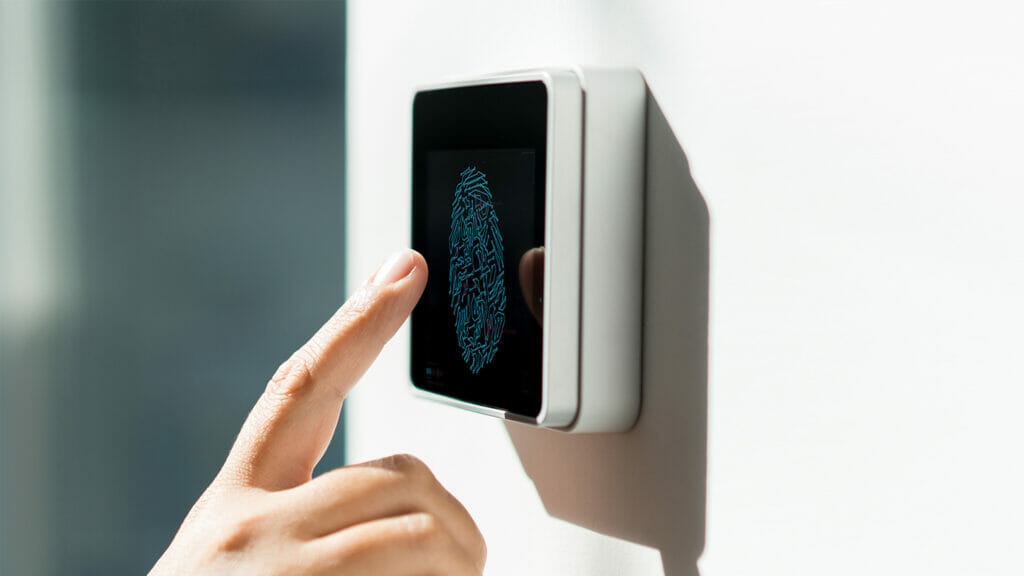
As artificial intelligence and other data-tracking technologies improve the ability to predict and forestall health emergencies, startups are creating new monitoring tools for long-term care operators.
One healthtech company, Butlr, has released a new device that relies on thermal sensors, whereas another startup, BioSensics, received grant funding from the National Institutes of Health to test a new wearable sensor that captures sound.
Both sensors are intended to track issues related to cognitive and physical decline, including falls risks and excessive wandering.
Falls prevention is a crucial component of senior care, as both incidents and fatalities have risen among older adults over the past few decades. The number of self-reported fall incidents in healthcare facilities rose 27% in 2022, the McKnight’s Clinical Daily reported earlier this year.
Butlr’s ceiling-mounted system is part of a study being conducted by experts at Harvard and UMass Amherst, to study older adults who are frail, the company announced earlier this month.
Butlr is one of several companies that are combining AI with passive monitoring systems to determine baseline behaviors for older adults. A similar company, Essence Smartcare, told the McKnight’s Tech Daily that those kinds of tools are being designed to be as unobtrusive as possible.
The BioSensics monitor, PAMSys Voice, is a small rectangular device equipped with microphones and a gyroscope to capture chest motion, the company said. The concept is to combine motion and sound data to provide a clearer picture of the user’s condition.
BioSensics’ NIH award is for $3 million over three years, the company announced. The startup’s goal is to have PAMSys Voice, available for limited trials by the beginning of 2024.


